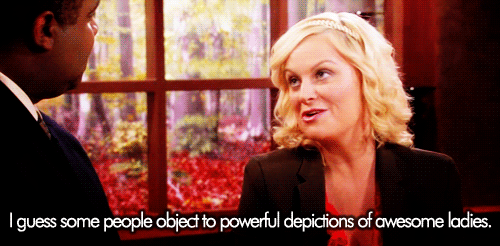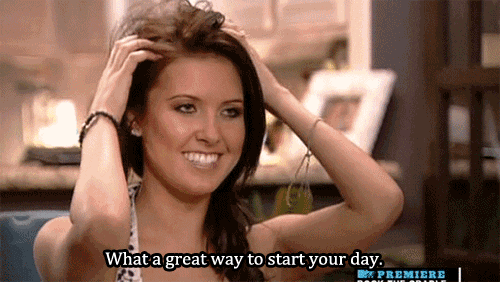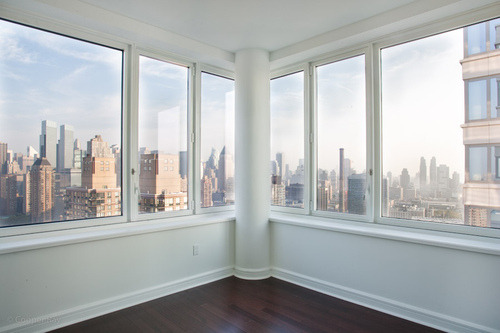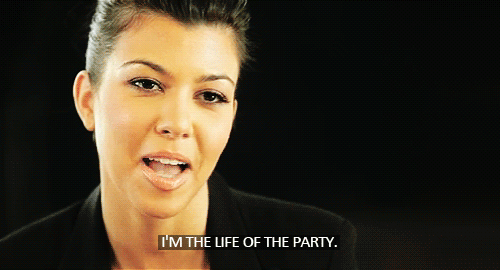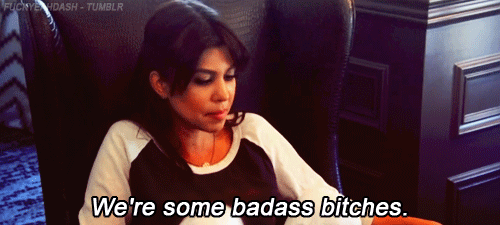Reader’s Remorse

Earlier this week while getting my hair done (laugh all you want), I was reading the newest issue of Lucky Magazine – one of my personal favorites for shopping tips and easy access to style. Literally, it’s nicknamed “The Shopping Magazine,” so you could assume that the 99% of the population who earns an average income/is still hooked to their parents’ credit cards would benefit from any of the advice Lucky has to offer.
My hair stylist isn’t one of those that tries to have a conversation with the blow dryer on high and shrieking in my ears, but as she stood over me, she asked, “Is that Lucky?” I gave the chillest “YAAAS” I could.
She continued, “I used to love Lucky, but I would always call the stores to see if they had the clothes that they featured in those shopping pages, and they had no idea what I was talking about!”
Hearing her say that actually embarrassed me, and all I was doing was reading the magazine. Lucky is one of my dream magazines to work for and everyone can agree Eva Chen is literally one of the coolest chicks in publishing. But as a college student working towards a future in journalism and a (realistic) goal as a market editor, learning that a magazine possibly wronged a reader upsets me.
Even though I’m just an intern at Guest of a Guest, I do a lot of editorial work covering style. When I have to put together looks for a post, it’s certainly fun and I love it, but it’s not as simple as copying and pasting photos from Forever21.com. We use certain outlets to find pieces and see what retailers offer them. But it doesn’t stop there – we then have to confirm that the retailer is still offering the product (and since we’re looking for products online, we need to be sure they’re in the correct currency!).
I take my style posts seriously and I would never want to disappoint a reader who actually wants to buy a product that I feature, whether it’s a skirt, shoes or something as minuscule as a ring. Would you want to take a few extra steps to feature something that can give a reader satisfaction, or would you sacrifice your work ethic (AKA, be a totally lazy bum) which ultimately upsets readers?

But this concept doesn’t apply just in the realm of fashion – it’s an ethical dilemma in all of journalism. Feeding inaccurate information to readers provides them with empty calories and not the proper nutrition they need.
There are journalists out there who will go at extreme lengths to add excitement to a story, such as twisting details and even fabrication. And as much as I love excitement (and drama), that’s no excuse to not perform correctly. Following the Code of Ethics, more commonly known simply as “the rules,” will benefit your career just as much as “taking risks.” But if you believe that inserting diluted information into a story, or even a gorgeous yet unattainable piece of fashion into a spread, is a “risk,” then you’re mistaken. Doing your job correctly and efficiently will get both your readers and your employers to appreciate your work.
I don’t know if a career can be destroyed over incorrectly marking a price on a bracelet for a spread, but journalism is journalism and I wouldn’t recommend it. Give readers the information they deserve, and realize this: every story is interesting. Don’t rely on fabrication for entertainment.

